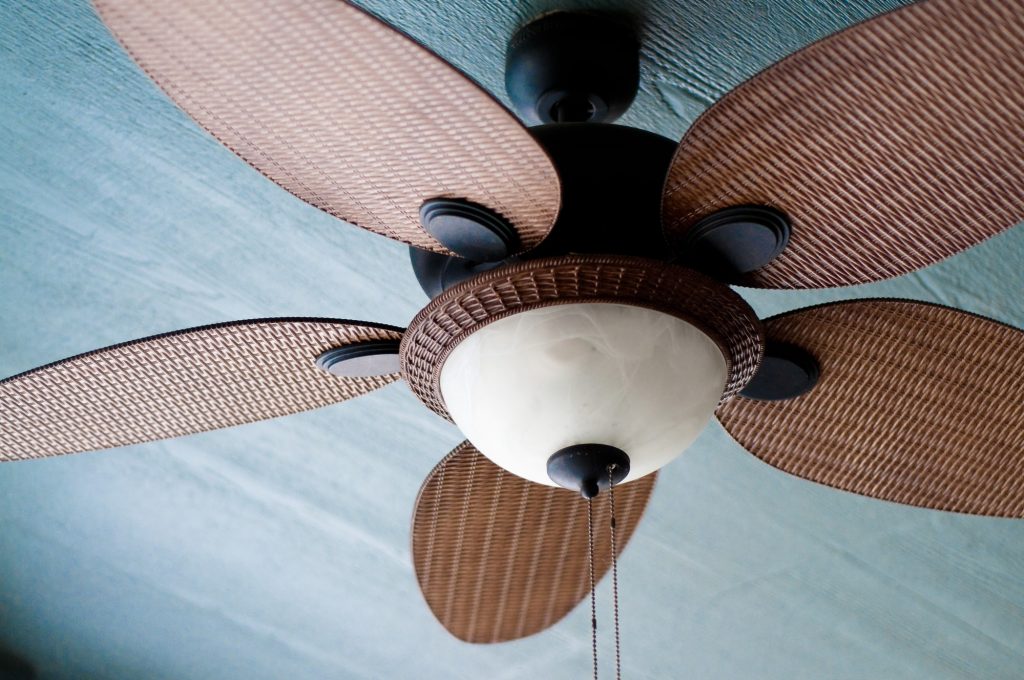
Ceiling fans offer innumerable benefits that will not only enhance comfort but, also the overall appeal of your home, office and business space. Besides, installing ceiling fans could also contribute significant cost reductions in terms of electricity bills. In places like Singapore that experience constantly warm and humid climates, a ceiling fan is an essential component recommended for every living and work space. To ensure the correct installation of your ceiling fan, there are steps that must be followed.
Key steps on how to install ceiling fans in Singapore that you should keep in mind.
Safety first!
While installing a ceiling fan does not seem like a risky procedure, a lot can still go wrong if you do not know the safety precautions to be observed. To ensure that you do not end up with personal injuries or cause damage to the fan and other components therein, you should start by shutting down the power from the main switch. Other safety procedures that you should also observe before installing a ceiling fan include.
- Removing any obstructions at the areas where the fan will be installed. Make sure that you properly remove any materials or elements on the ceiling that could interfere with the installation and operation of the fan including debris and dirt.
- Confirming that the electrical connections are in compliance with the local civic rules in Singapore. In case there are any faults in the electrical systems, it is highly likely that the ceiling fan will not work as intended.
- Reading the manufacturer’s manual for more information about the safety precautions for ceiling fan installation. Most people ignore reading the manufacturer’s instructions but, such resources can make the entire installation process much easier and safer.
Recommended tools for installing ceiling fans
Having the right tools for ceiling fan installation is also an important part of the safety precautions that should be taken beforehand. Generally, there are various kinds of tools that can be used to install ceiling fans. However, the basic tools that you should have ready for the task include drill, adjustable wrench, voltage tester, wire strippers, pliers, screwdrivers, ladder (optional), gloves, safety glasses and dust mask. To avoid unnecessary injury and mistakes, you should also know the applications of every tool as well as how to use them when installing ceiling fans.
Choosing the Installation Site
Although ceiling fans are specifically for ceilings, you must be keen to identify the most strategic section of the ceiling where the fan will deliver optimum performance after installation. When choosing the installation site for your ceiling fan, you should also select an area where the fan will be able to operate safely without any interruptions. Besides, you may also want to consider any electrical appliances attached to the ceiling. When selecting the parts of the ceiling to install a fan, you should note that the blades of ceiling fans are required to hang at about 8 to 10 inches from the ceiling.
Ceiling fans should also be installed in places where their blades are at least 18 inches from the doors, walls and other structural components for safety and efficiency. The parts of the ceiling where the fan will be installed should also be uniform and strong without any cracks or damage. Since the ceiling fan will be running most of the times, you should not install it on weak ceiling points that cannot withstand the constant activity.
Setting up the ceiling fan
After identifying and preparing the areas on the ceiling where the fan will be installed, you can now focus on mounting the appliance. Considering the variety of ceiling fan types in the market, you will sometimes find that the features for mounting them vary. There are ceiling fans with braces for attaching them to the ceiling. Before mounting the fan, install support braces with U-bolts and the outlet box. Sometimes, you may also have a ceiling fan with a down rod. To set up this type of ceiling fan, you should start by installing the mounting bracket then, assemble the motor casing These should be followed by doing the wiring, assembling and attaching fan blades, securing the switch casing, setting up the light kit, connecting the pull chain, synchronizing the fan with the wall switch and finally, testing.
Are you having problems with installing ceiling fans in Singapore? Simply talk to Electrical Service Singapore for reliable ceiling fan repair and installation service.
HDB Registered Contractor
License Number: HB-09-5474D

